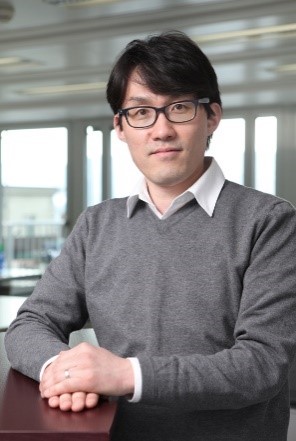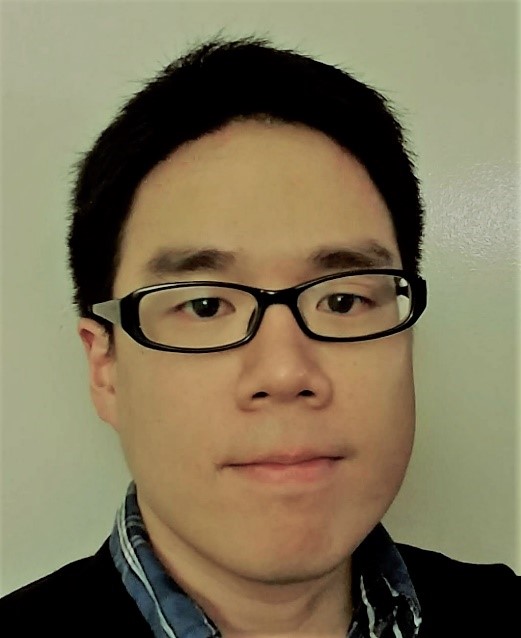Speaker: Professor Shisheng Lin
Affiliation: College of Microelectronics, College of Information Science & Electronic Engineering, Zhejiang University
Abstract Details: Shisheng Lin
1 College of Microelectronics, College of Information Science and Electronic Engineering, Zhejiang University, Hangzhou, China
2: State Key Laboratory of Modern Optical Instrumentation, Zhejiang University, Hangzhou, China
The electrons in graphene behave as Dirac Fermions and have a very high mobility. The linear electronic band structure of graphene and the low density of states near the Dirac points allow that the Fermi level of graphene is highly tunable. The junction formed by graphene and semiconductor is ultrashallow and near the graphene layers. Those merits make graphene/semiconductor heterostructure highly efficient for optoelectronic devices. The van der Waals Schottky diodes is highly tunable based on that the Fermi level of graphene is highly tunable, which has been demonstrated by the Raman spectroscopy measurements. We have achieved a high performance graphene/GaAs solar cell with a power conversion efficiency of 18.5%. The simulation and experimental work demonstrate that a power conversion efficiency over 30% can be finely reached in the near future for the graphene/semiconductor van der Waals heterostructure system. We will also summarize our progress on graphene/semiconductor heterostructure based photodetectors, light emitting diodes and nanogenerators .
References:
1, Z. Q. Wu, Y. H. Lu, W. L. Xu, Y. J. Zhang, J. F. Li, S. S. Lin*, Surface plasmon enhanced graphene/p-GaN heterostructure light-emittingdiode by Ag nano-particles, Nano Energy 30, 362 (2016).
2, S. S. Lin*, Z. Q. Wu, X. Q. Li, Y. J. Zhang, S. J. Zhang, P. Wang, R. Panneerselvam, J. F. Li*, Stable 16.2% Efficient Surface Plasmon-Enhanced Graphene/GaAs Heterostructure Solar Cell, Adv Energy Mater, 6, 1600822 (2016).
3, X. Q. Li, W. C. Chao, S. J. Zhang, Z. Q. Wu, P. Wang, Z. J. Xu, H. S. Chen, W. Y. Yin, H. K. Zhong, S. S. Lin*, 18.5% efficient graphene/GaAs van der Waals heterostructure solar cell, Nano Energy, 9, 310 (2015).
4, Z. J. Xu, S. S. Lin*, X. Q. Li, S. J. Zhang, Z. Q. Wu, W. L. Xu, Y. H. Lu, S. Xu, Monolayer MoS2/GaAs heterostructure self-driven photodetector with extremely high detectivity, Nano Energy, 23, 89, (2016).
5, H. K. Zhong, J. Xia, F. C. Wang, H. S. Chen, H. A. Wu, S. S. Lin*, Graphene-Piezoelectric Material Heterostructure for Harvesting Energy from Water Flow, Adv. Functional Mater. 27, 1604226 (2017)
About the Speaker: Prof. Shisheng Lin leads a pioneering group in the department of information science and electronic engineering in Zhejiang University. He implements the novel physics carried by novel materials into the traditional devices and create high performance optoelectronic and electronic devices. He has achieved high performance two-dimensional materials based solar cells, photodetectors and light emitting diodes. Professor Lin has demonstrated the possibility of fabrication of two-dimensional SiC, SiC2 and silicon doped graphene, which provides a solution for band gap engineering of graphene. Professor Lin leads the systematic research on 2D materials based heterostructure solar cells and has achieved 18.5% efficient graphene/semiconductor heterostructure solar cells. Professor Lin has created the unique novel graphene nanogenerator through interacting a water droplet with the graphene and the functional substrate, which can be potentially used in various kinds of sensors.
Click HERE for directions
—
To view all the upcoming seminars, you can visit: https://graphene.nus.edu.sg/news-events/events/
You may also Like & Subscribe our following channels below to receive instant notifications for new announcements.




 Speaker: Professor Alexandr Marchenko
Speaker: Professor Alexandr Marchenko 

 Speaker: Professor Park Hyung Gyu
Speaker: Professor Park Hyung Gyu 
 Speaker: Assistant Professor Gong Xiao
Speaker: Assistant Professor Gong Xiao  Speaker: Dr. Ksenia Makarenko
Speaker: Dr. Ksenia Makarenko  Speaker: Associate Professor Elbert Chia
Speaker: Associate Professor Elbert Chia  Speaker: Dr. Yutsung Tsai
Speaker: Dr. Yutsung Tsai